The depiction of the Israeli-Palestinian conflict in cartoons is a topic I’ve been writing about several times now. Something about it just won’t let me go – I guess it’s that the aggressive imagery frequently used was pretty much unknown to me before I joined toonpool.com. German newspaper cartoons apparently are miles away from those in other countries. Anyway, I heard about a relatively recent book, “Cartoons and Extremism: Israel and the Jews in Arab and Western Media” by Belgian political scientist Joël Kotek and decided to write a review. I also decided to ask Mr. Kotek a few questions.
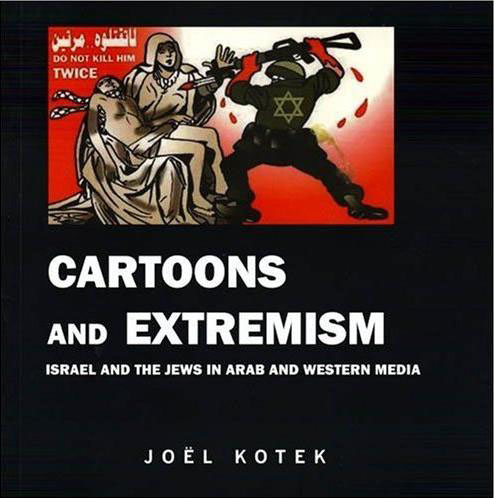 Joël Kotek’s book is based on the observation that there has been a relatively recent (~ 2000) change of quality and amount of cartoons on Israel in Arab media.
Joël Kotek’s book is based on the observation that there has been a relatively recent (~ 2000) change of quality and amount of cartoons on Israel in Arab media.
These cartoons are – as one would guess – aggressively anti-Israel. Moreover, they are blatantly racist, often using images based on century-old anti-Semitic myths, termed “antisemyths” by the author. Since we are living in visual times, these cartoons can be dangerously effective in forming public opinion. The book’s intention is to “deprive [these depictions] of all legitimacy” by exposing them as what they truly are: myths without any foundation in reality.
The first chapter of “Cartoons and Extremism” looks at anti-Semitic myths like infanticide, host desecration and blood libels and traces them back to the 12th and 13th century. Chapter Two deals with the particularities of cartoons in the Muslim world and tells about changes in the depiction of Israel after 1967. The main part of the book, chapter 3, shows recent cartoons using the ancient myths and imagery that hardly differs from anti-Semitic cartoons in Nazi newspaper “Der Stürmer”. The last two chapter then deal with similar imagery in both mainstream European newspapers and leftist anti-globalization platforms and show how Israel is being used as a scapegoat and metaphor for modernity.
The book offers several explanations for the abundance of anti-Semitic imagery. The most prominent one aims at the structural conditions of the Arab media.
Authoritarian structures, says Kotek, prevent many Arab cartoonists from criticizing their own country’s political parties and leaders. Instead, they cut out on the social criticism and humor and deliver heavy, serious and moralizing pieces about an acceptable enemy: Israel and the Jews. These are printed in the majority of the major dailies in the Arab world. Therefore, in the epilogue Kotek sets out to denounce that editorial practice and to “alert the cartoonists of the Arab-Muslim region to a certain sense of responsibility”. In order to do so, he includes twelve theses by the father of peace research, Johan Galtung, pointing out common dangers in reporting on conflict. Some of which, I had the impression don’t really apply to cartooning.
“Cartoons and Extremism” is an interesting book to read, and I fully support its project to sensitize people for anti-Semitic imagery and scapegoating of Israel. It has, however, a couple of flaws that are at times irritating.
First and foremost, its arguments are somewhat weakly supported. Using lengthy quotes from other authors Kotek claims that antisemyths are a symptom of crisis and that anti-Zionism has ” become a means of drowning a feeling of vague guilt on the part of the West”. But he does little to prove this. I understand that the evolution of stereotypical of images in a given culture is a continuous process but since Mr. Kotek claims that there are some crucial dates that marked a change I was sort of waiting for an explanation on how these events changed cartooning. At times, the author’s way of depicting Israel, was leaving out important aspects of the Middle East conflict. I am aware of the danger of ending up saying “Well, it’s their own fault too” when talking about hateful stereotypes. Still, I was a bit annoyed when Mr. Kotek claimed that the scapegoat Israel was really “a defenceless animal”.
The books greatest strength as well as its second big flaw is its use of images.
There are plenty of them, and their number effectively communicates the fact that we are dealing with widely shared stereotypes and not with single cases of tasteless cartoons. On the other hand, I think that Kotek has been overdoing it. There is, for example, simply no point in spending 15 pages in order to show that Brazilian cartoonist Carlos Latuff (a toonpool.com member, by the way) is an anti-Semite. Several pictures are obviously jpegs in awful resolution, some even appear twice in the book. Personally, I could have done without the graphic photos of dead babies, too. The problem with the overabundance of images also ties in with the lack of argument. Some of them have no connection whatsoever with the written text – there’s a whole chapter on the “Strange Case of Greece” that manages to avoid telling what’s so strange about Greece.
In retrospect the book turned out abit disappointing, mostly due to its argumentative weaknesses. Still, I think raising awareness in artists and readers is a very important thing to do and that is something “Cartoons and Extremism” actually can do.
Joël Kotek. Cartoons and Extremism: Israel and the Jews in Arab and Western Media. Edgware, Middlesex: Vallentine Mitchell (2009).
Mr. Kotek, how come so many cartoonists, including both Arabic artists and Western anti-Globalization folks, are insensitive towards connections between their works and what you call “Antisemyths”?
 Strangely enough they do not seems to understand ‘our’ point of view… They consider their work as strictly anti-Israeli and/or anti-zionist. How to explain this ? 1) complete ignorance: actually, they haven’t read my book) 2) hypocritical attitude (they know they produce harsh propaganda but refuse to admit it) 3) worst… they don’t understand our concern because they really share the Stürmer like demonic antisemitism. Personally, this is what I believe. I have no doubt about the fact that radical anti-Semitism is now growing in the Moslem world. My collection of Arab caricatures demonstrates this. The collective image of the Jews created by Arab cartoons lays the groundwork for a possibility of genocide. One can argue about whether these genocidal ideas are conscious or subconscious. My view is that they are still at the subconscious stage.
Strangely enough they do not seems to understand ‘our’ point of view… They consider their work as strictly anti-Israeli and/or anti-zionist. How to explain this ? 1) complete ignorance: actually, they haven’t read my book) 2) hypocritical attitude (they know they produce harsh propaganda but refuse to admit it) 3) worst… they don’t understand our concern because they really share the Stürmer like demonic antisemitism. Personally, this is what I believe. I have no doubt about the fact that radical anti-Semitism is now growing in the Moslem world. My collection of Arab caricatures demonstrates this. The collective image of the Jews created by Arab cartoons lays the groundwork for a possibility of genocide. One can argue about whether these genocidal ideas are conscious or subconscious. My view is that they are still at the subconscious stage.
What, in your opinion, is the connection between anti-Semitism and the common claim of cartoonists that they are merely “anti-Zionists”?
One cannot confuse between “anti-Semitism” and “anti-Zionism”. The argument and thus the graphic code are radically different. Even if I do not share this opinion, “anti-Zionism”, if not radical, is a legitimate opinion. You can be opposed to the idea of a Jewish state – even if it looks strange to me that any people can have a homeland (Kosovars, Palestinians, Kurds, etc.) but not the Jews.
The trouble is that what they believe are anti-Zionist cartoons are outright copies or plagiarisations of images from the Nazi press, foremost “Der Stürmer”. Paradox ally, it is at the very time when, after centuries of obscurantism, Europe discovered the virtue of tolerance, that the Arab-Muslim world united for blatantly expedient reasons to appropriate the stereotype that were hitherto unknown there.
I had the feeling that you were pretty vague about why and when exactly the number of anti-Semitic cartoons increased so greatly. Could you elaborate on that change?
The change came slowly after the 1967 war. Before 1967, the Israeli was just a “dhimmi” that could be very easily exterminated. They were then presented as little devil – the real evil and/or master being the American imperialism. After the 1967 defeat, everything changed since the dhimmi refuse to be exterminated. How could 300,000 million Arabs, one billion Muslims not be able to defeat a country as big as… Corsica ? Logically, the arrived to an phantasmal, but useful, explanation: the Jew as the personification of evil, the real master of the world.
Do you think an appeal towards artists’ and editor’s responsibilities like yours can be effective, when propaganda-style cartoons are a fixed feature of both Arabic newspapers and anti-Globalization websites? Do you know of any voices from within those circles demanding a more differentiated approach and a halt on anti-Semitic imagery?
As far as I know this happen only in Germany. Almost all national indymedia sites publish Carlos Lattuff’s anti-Semitic cartoons. The only one that had the courage to ban them was the German indymedia website.
I suppose one should organize conferences explaining the difference between a political and a racist caricature. What is a (political) caricature ? A criticism and/or an exaggeration of a reality. What is an anti-Semitic cartoon ? A pure invention ! The Israelis do not kill Palestinian children for ritual purposes ! Israelis and Jews are not ugly or evil by nature !
The idea would be to persuade the cartoonists and their bosses that there is a limit not to trespass : racism. In brief, to persuade them to adopt a code of good conduct. Actually this is, more a less, what the French cartoonist Plantu (Le Monde) is trying to organize under the auspices of the UN.
What would you say is the right way to deal with cartoons using anti-Semitic imagery on an international platform for cartoons like toonpool.com?
They should be banned. The limit of the freedom of expression is racism… As their Nazi counterparts, those cartoons are genocidal. They are “ruse de guerre”, “ruse de massacre”, to use the expression of Anthony Julius. Anti-Semitism (and/or racism) is not a opinion but a crime.
Thanks for your time!
© toonpool.comTags: anti-Semitism, anti-Zionism, Arab and Western Media, Israel, Jews, Joël Kotek, MUslims
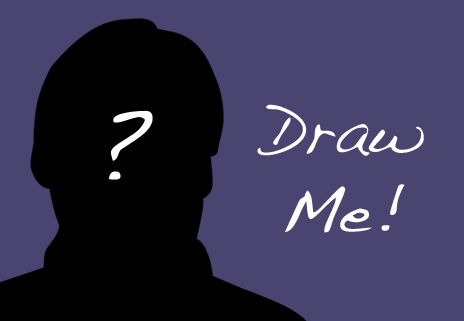
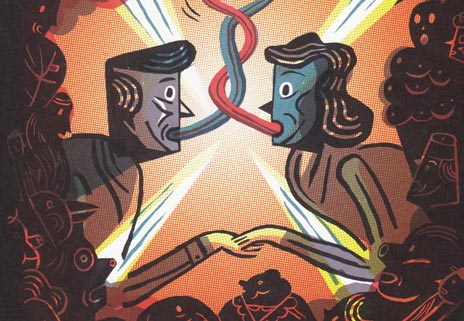
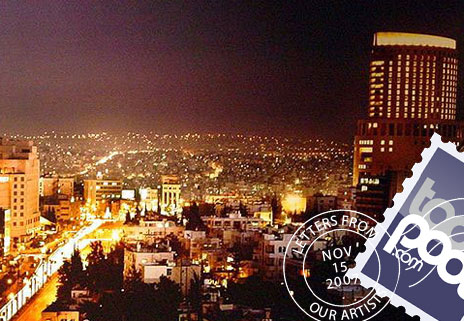
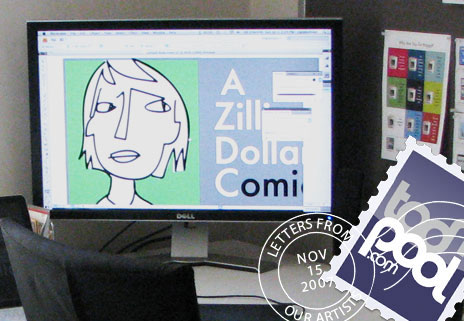
Thanks for the review of this book. Although I have not personally seen this book, I must respond to the author’s accusations of antisemitism against my good friend, Carlos Latuff. Of course Carlos uses Judaic symbolism (especially that used by the Israeli state) to represent Israel. Carlos’ cartoons are very powerful and pointed. His support of the Palestinian cause is unshakable. One thing I know for sure is that Carlos is not antisemitic. He is definitely anti Zionist and anti the collective punishment of the Palestinian people. It seems that the more brutal the Israeli government becomes in dealing with isolated acts of terrorism, the more the term anti-Semite is used to silence critics of the Israeli government’s tactics.
There are, of course, many truly ugly and antisemitic cartoons being published. Do I believe they should be banned? No! With freedom comes viewpoints and opinions we may not like or find abhorrent. It is up to our individual sensibilities to self censor or ignore the things we don’t like. It is also up to all people to teach their children to accept people’s differences and not to hate. If Israel doesn’t like the increase of negative press, then it should stop pushing Palestinians out and, in good faith, work on a fair two state solution.
I am having a problem with allegations of how “the term anti-Semite is used to silence critics of the Israeli government’s tactics”. There is a marked difference between cartoons attacking Israel and cartoons attacking and demonizing the Jewish people as such. One of the things Dr. Kotek’s book manages to do is to point out this difference and sensitize people for this difference.
You write that “It is also up to all people to teach their children to accept people’s differences and not to hate.” This is true, but it extends to media as well. When you have the power to influence public opinion you must consider twice what you’re doing. There’s always a bit of balancing between freedom of expression and these responsibilities. A while ago, I’ve been talking to toonpool.com’s CEO Max Pohlenz about this issue (http://blog.toonpool.com/interview/censorship-on-toonpool-com/).
As for “Judaic symbolism” in cartoons about Israel: I know that things get a bit messed up because Israel uses religious symbols as state symbols, but it’s up to the artiststo make clear that they are not referring to Jews but to the State of Israel. There is, for example, a difference between the Star of David as such and the Israeli flag. I’ve been talking to Palestinian artist Ramzy A. Taweel about this issue (http://blog.toonpool.com/interview/western-culture-and-the-wall/). Other “Judaic symbols” used in cartoons are nothing but regurgitated anti-Semitic imagery from the last two centuries. There is a history to these images that artists and editors cannot ignore.
I don’t think that there is much point in discussing the rights and wrongs of the Middle Eastern conflict here. We should stick with the rights and wrongs of cartooning.
[...] March 12, 2010 | ToonNews | By Paul [...]